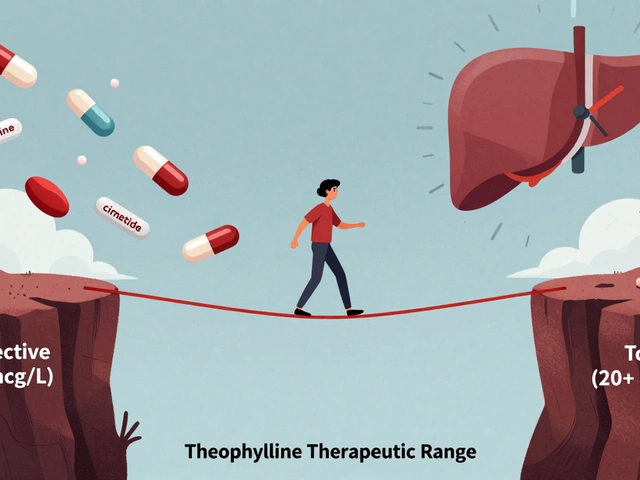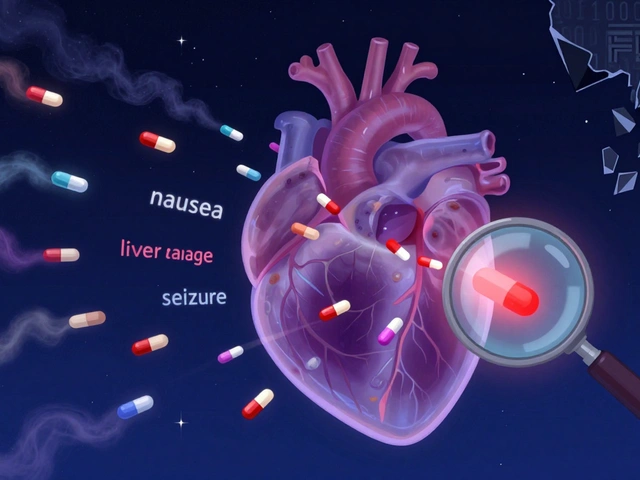Seborrheic Dermatitis: What You Need to Know
When dealing with seborrheic dermatitis, a common, itchy, flaky condition that shows up on the scalp, face, and chest. Also known as seborrheic eczema, it often involves Malassezia yeast overgrowth and can be mistaken for dandruff. Typical management includes topical steroids to calm inflammation or antifungal shampoos to curb the yeast.
Why the Skin Reacts: Core Triggers
Most people notice flare‑ups when stress spikes, weather turns cold, or hormonal shifts occur. Those factors boost oil production, giving Malassezia more food. Genetic makeup also decides how quickly your skin cells renew; faster turnover can trap excess sebum, creating the perfect breeding ground. While the condition isn’t contagious, its visibility can affect confidence, so pinpointing triggers matters as much as picking the right cream.
Another piece of the puzzle is the scalp’s natural microbiome. When the balance tilts toward yeast, the immune system reacts, leading to redness and scaling. This explains why antifungal ingredients like ketoconazole or ciclopirox work wonders for many users. On the flip side, if inflammation dominates, low‑potency steroids such as hydrocortisone or prescription‑strength options become essential.
Understanding these dynamics lets you choose a treatment plan that hits both sides: reduce the yeast load and calm the immune response. That dual approach is why many dermatologists recommend a rotation of antifungal shampoo in the mornings and a steroid cream at night during severe episodes.
For people with oily skin, incorporating a gentle cleanser that doesn’t strip the barrier can prevent rebound oil production. Likewise, using a humidifier in dry indoor climates helps keep the scalp from over‑drying, which can aggravate itching.
When you start a new regimen, give it at least two weeks before judging effectiveness. Early improvement often shows as less redness, followed by a gradual reduction in flakes. If you see no change after that period, consider swapping the active ingredient—switch from ketoconazole to selenium sulfide, for example—or ask your doctor about adding a mild steroid.
Children aren’t immune either; many experience seborrheic dermatitis on the diaper area or behind the ears. Pediatric formulas use lower steroid concentrations and milder antifungal agents, ensuring safety while still providing relief.
Beyond prescription products, lifestyle tweaks can make a noticeable dent. Eating a balanced diet rich in omega‑3 fatty acids, limiting sugary snacks, and staying hydrated all support healthier skin turnover. Some people also find that reducing alcohol intake helps keep oil production in check.
In practice, the most successful sufferers treat the condition like a two‑step routine: cleanse with an antifungal shampoo a few times a week, then apply a steroid or calcineurin inhibitor on hot spots. This pattern mirrors the approach you’ll see in many of the medication guides on this page, which break down how specific drugs work, when to use them, and what side effects to watch for.
Below you’ll find a curated list of articles that dive into individual treatments— from finasteride for hair loss that can intersect with scalp health, to systemic options like oral antifungals for stubborn cases. Each piece offers a clear comparison, dosage tips, and safety notes, giving you the tools to decide what fits your situation best. Ready to explore the options? Let’s get into the details.
Ketoconazole Shampoo Guide: Treat Dandruff & Seborrheic Dermatitis
Learn how to correctly use ketoconazole shampoo to treat dandruff and seborrheic dermatitis, with step‑by‑step instructions, tips, and a treatment comparison.






